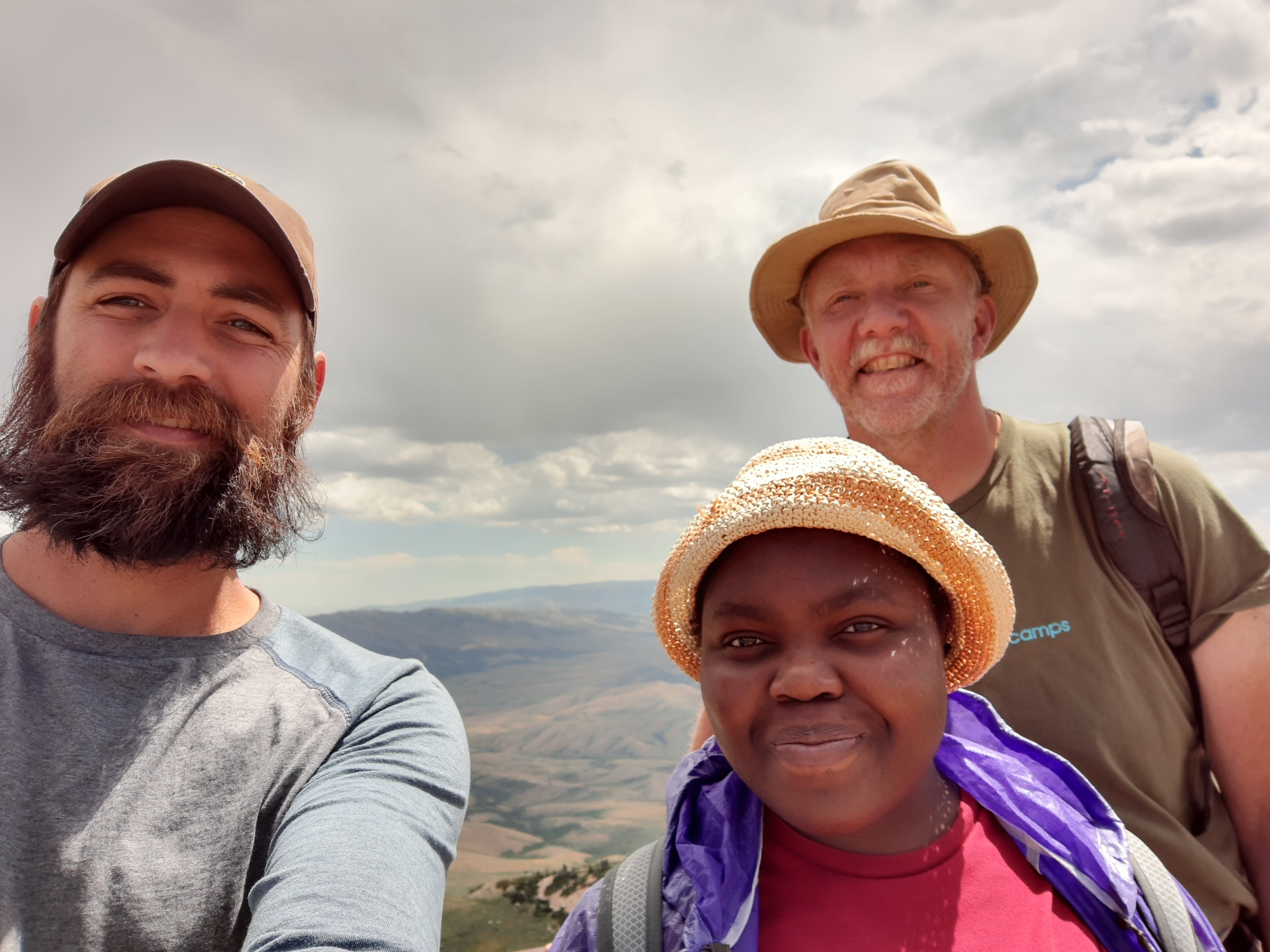by Forrest Burt
“Native Americans have interacted with this group of plants for ages – they used them as food, they moved them all around the United States. We can’t really understand what the complete usage of this plant group is without classifying them,” said doctoral student Phebian Odufuwa.

A Ph.D. student in the Ecology, Evolution, and Behavior program in professor Jim Smith’s lab, Odufuwa’s research is in the classification of plants belonging to the family Apiaceae, specifically, to a clade of Apiaceae called the “Perennial Endemic North American” (PENA) clade. Broadly, the Apiaceae family includes plants and herbs like carrots, celery and dill. In the case of Odufuwa’s research on PENA clade, it includes many species of plants that produce similar flowers that grow in clusters called ‘umbels’, making them visually indistinguishable from each other. There are 252 different species with these same flowers (found only in North America) that Odufuwa works with, making more advanced techniques for identification necessary.
Odufuwa sends samples to outside labs to identify the DNA sequence in the plant’s cells. She then uses a biological sciences data processing pipeline to systematically search the entire genome of each of the 252 species to build a tree of the evolution of the PENA clade that will allow future investigations to make identifications of the plants. This process is computationally intensive and requires the use of Boise State’s campus compute cluster, R2.
“These past few results take up a lot of memory, so we can’t just run them on my own computer or it would crash. I need access to a computer that has a lot of processors, a computer that is very fast. That’s where the computing resources came in,” said Odufuwa.
“I’m not in computing, so if I need help with software installation or help troubleshooting and really understanding scripts I’ve downloaded, I wouldn’t be able to do it on my own. That’s where Mike [Ramshaw, a Research Computing HPC engineer] has been really helpful – troubleshooting, and installing software used for analysis, so it’s a win-win situation for me.”
This research has been ongoing since the 1980s, but results have been elusive for much of this time due to the difficulty in identifying the plants by physical attributes alone. In the early 2010s, a next-generation genetic sequencing technique called “target capture” was developed, which allowed the plants to be identified by their genetic information. Odufuwa, then a master’s student at Queen Mary University of London in collaboration with Royal Botanic Gardens, Kew was working with these new sequencing techniques, and brought her experience to Boise State in January 2020 when she joined Smith’s lab.
Odufuwa’s results since then are driving additional research that benefits environmental management. Currently, two master’s students and an undergraduate are working on related projects in the lab, including potentially looking at how climate change could affect the plants. The research also helps to fit the members of the PENA clade into a phylogenetic tree, which enables ongoing research on the plants by increasing understanding of how the different species are interrelated.
Some plants in the clade are being looked at for their potential in habitat restoration, including here in Idaho where some species serve as food for the endangered sage grouse. The clade includes members with ranges smaller than a football field, so Odufuwa’s research plays an important role in understanding these plants and how they and their habitats can best be preserved.
“There are some that are already endangered, but if we collect data through genetic sequencing, we can see the best way to reintegrate these plants so that they can continue to thrive.”
To find out how Research Computing can help with your project, email researchcomputing@boisestate.edu.